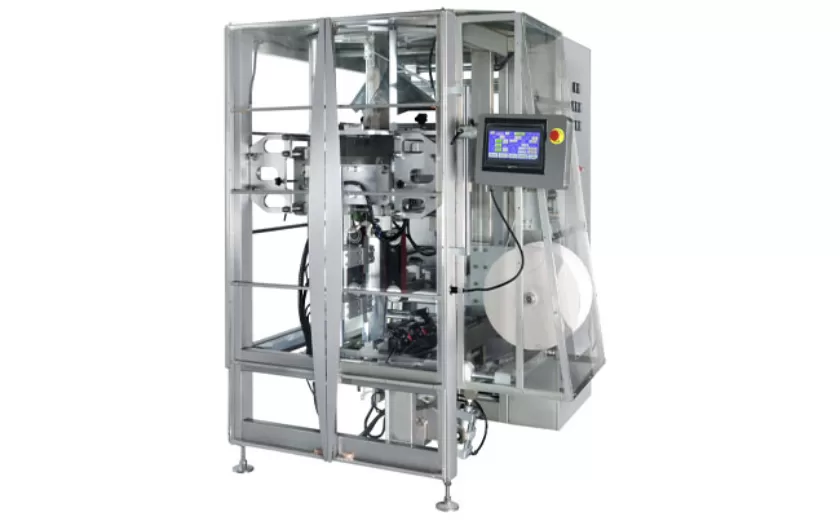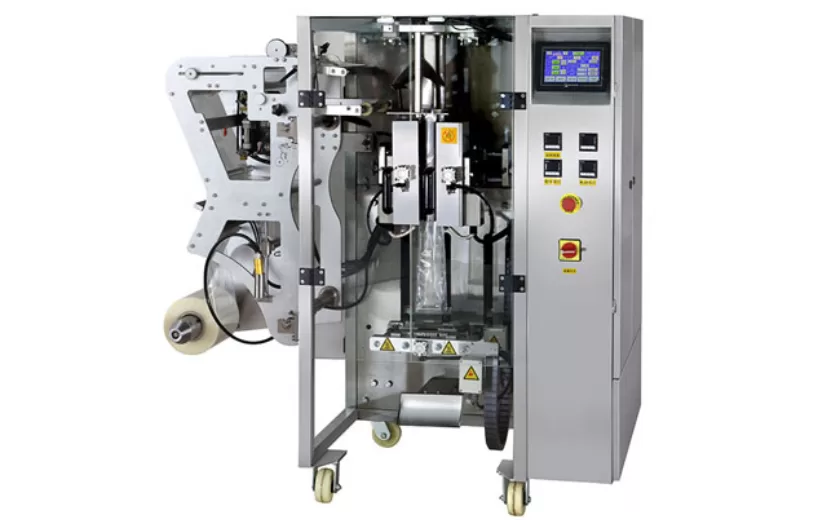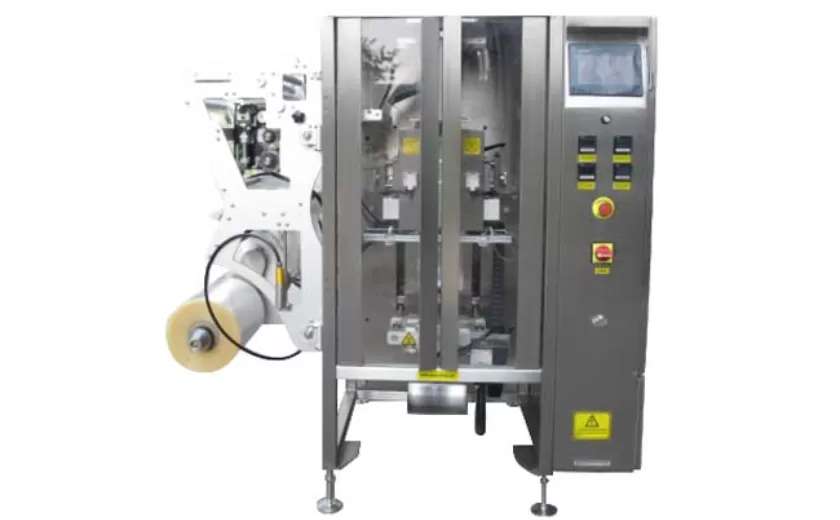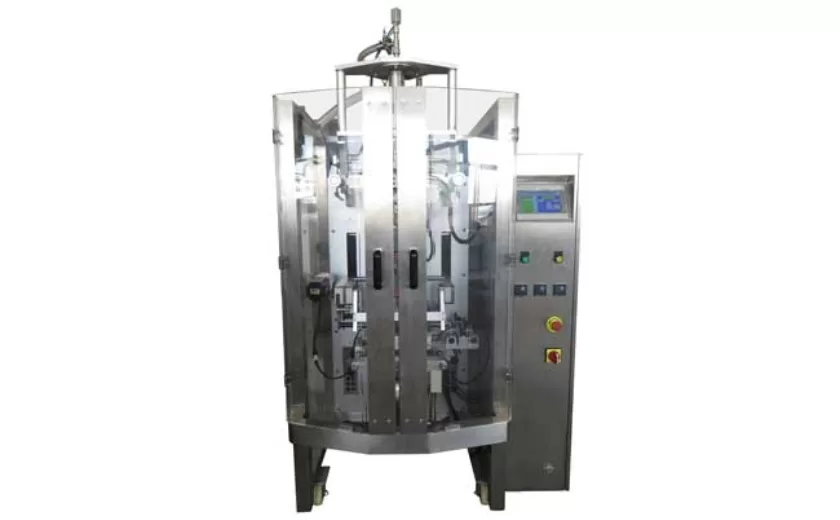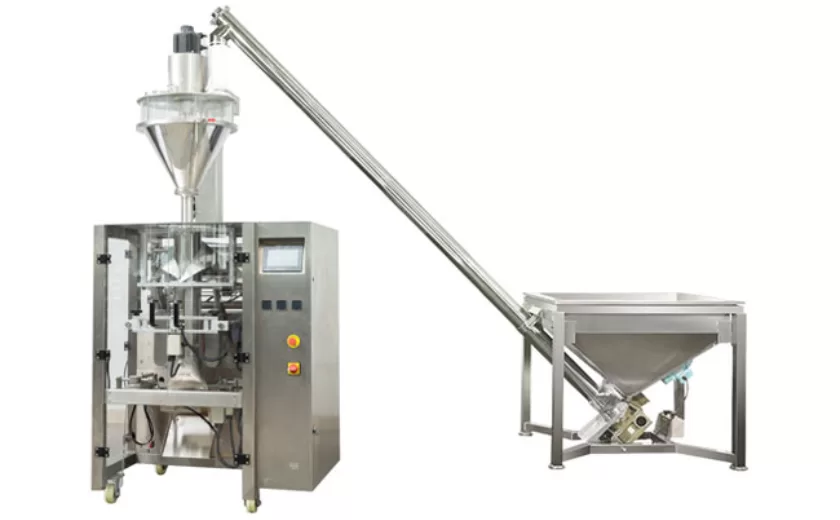How to Maximize ROI with Your Weigh Filler Packaging Machine Investment
In the competitive packaging industry, optimizing return on investment (ROI) is crucial. Weigh filler packaging machines represent a significant investment, and maximizing their ROI can propel your business forward. Here are key strategies to achieve this goal:
Optimize Performance and Efficiency
– Regular Maintenance and Calibration: Perform scheduled maintenance and calibrations to ensure accurate weighing and smooth operation, minimizing downtime and product waste.
– Operator Training: Ensure operators are trained to use the machine effectively, reducing errors, optimizing throughput, and extending equipment life.
– Product Profiling: Analyze different product characteristics and develop optimized settings for each, improving accuracy and reducing overfilling.
Enhance Reliability and Durability
– Robust Design: Choose machines built with durable materials and components that can withstand harsh environments and high workloads.
– Preventive Maintenance: Implement a proactive maintenance schedule to detect and address potential issues before they lead to downtime.
– Spare Parts Management: Maintain a sufficient inventory of essential spare parts to minimize downtime and ensure uninterrupted operation.
Increase Production Capacity
– Multi-Head Weighers: Consider using multi-head weighers to increase throughput by distributing weighing tasks across multiple heads.
– High-Speed Conveyors: Integrate high-speed conveyors with the weigh filler to maintain a steady flow of products, maximizing production efficiency.
– Automation: Automate the packaging process through integration with other equipment, such as bagging or cartoning machines, to reduce labor costs and increase productivity.
Reduce Operating Costs
– Energy Efficiency: Choose weigh fillers equipped with energy-saving features, such as variable speed drives and low-power components.
– Consumable Reduction: Optimize settings and use efficient dispensing devices to minimize product waste and reduce the consumption of consumables like labels and packaging materials.
– Labor Optimization: Implement ergonomic designs and automation to minimize manual handling and reduce labor costs.
Improve Product Quality
– Precise Weighing: Ensure accurate weighing capabilities through regular calibration and optimized settings, reducing overfilling and underfilling, improving product consistency, and meeting regulatory standards.
– Hygienic Design: Choose weigh fillers designed with sanitary features, such as stainless steel construction and easy-to-clean surfaces, to maintain product quality and comply with food safety regulations.
– Data Analysis: Collect and analyze weighing data to identify trends, improve accuracy, and make informed decisions to enhance overall product quality.
Conclusion
By implementing these strategies, you can maximize the ROI of your weigh filler packaging machine investment. Optimized performance, increased production capacity, reduced operating costs, and enhanced product quality will not only improve your bottom line but also position your business for long-term success in the competitive packaging industry.
-
Reliable Packaging Solutions with Vertical FFS Machines
16-09-2025 -
Advanced Packaging Solutions with Vertical Form Fill Seal Machines
16-09-2025 -
Efficient Packaging Solutions with Vertical Form Fill Seal Machines
16-09-2025 -
Reliable Liquid Filling and Packing Machines for Modern Production
12-09-2025 -
Efficient Granule Packaging Solutions for Modern Industries
12-09-2025 -
Efficient Powder Packaging with Auger Type Filling Machines
12-09-2025 -
Efficient Liquid Packaging with Vertical Form Fill Seal Machines
03-09-2025 -
Efficient Liquid Packaging with Automatic Liquid Packing Machines
03-09-2025 -
Efficient Powder Packaging with Auger Type Filling Machines
21-08-2025 -
Optimizing Packaging with Auger Packing Machines
21-08-2025






